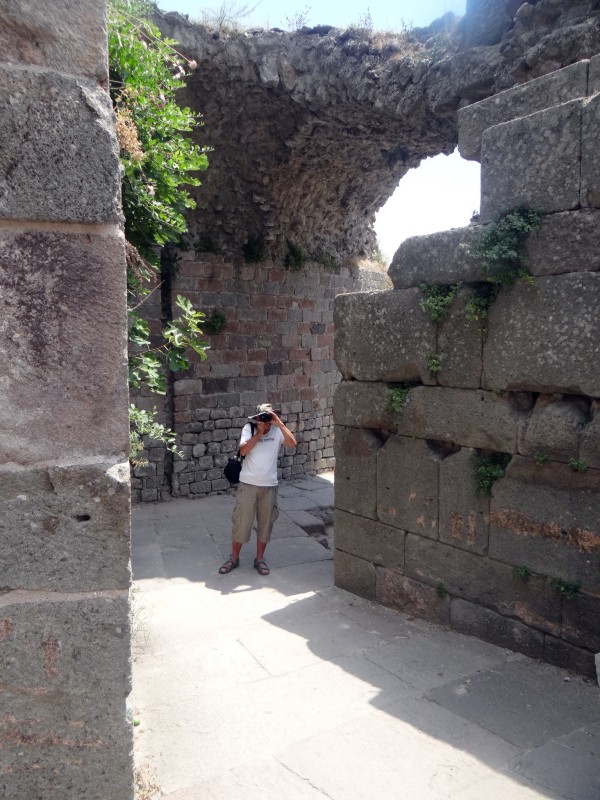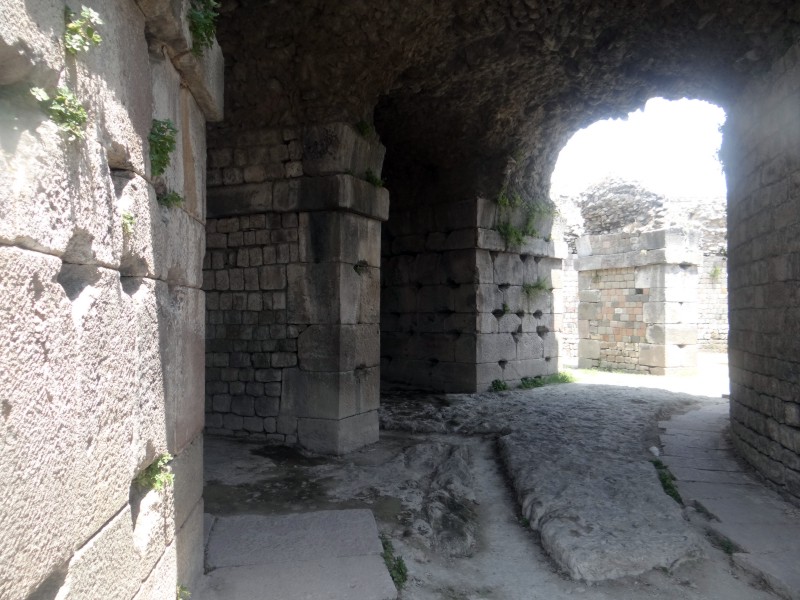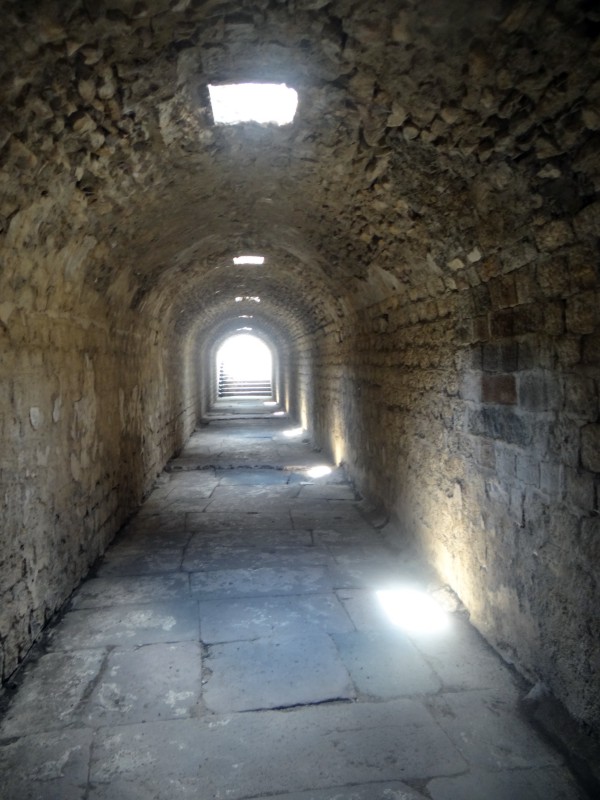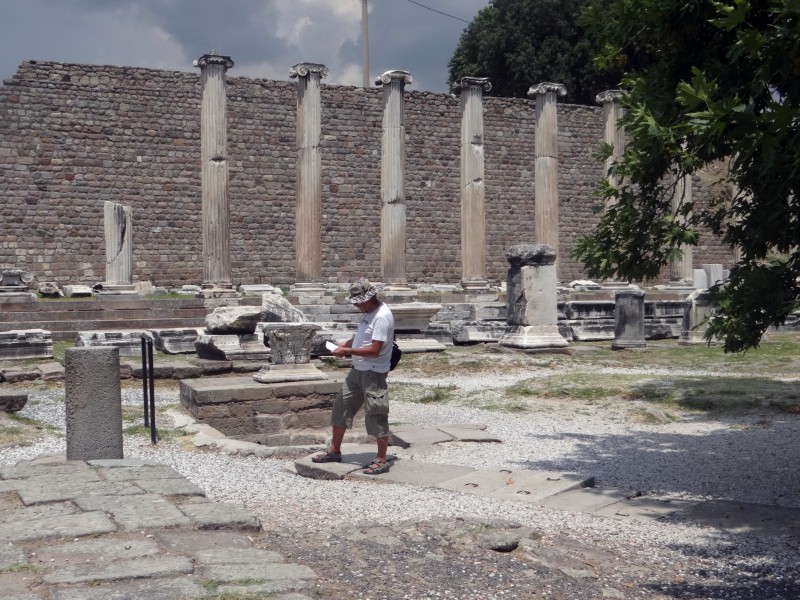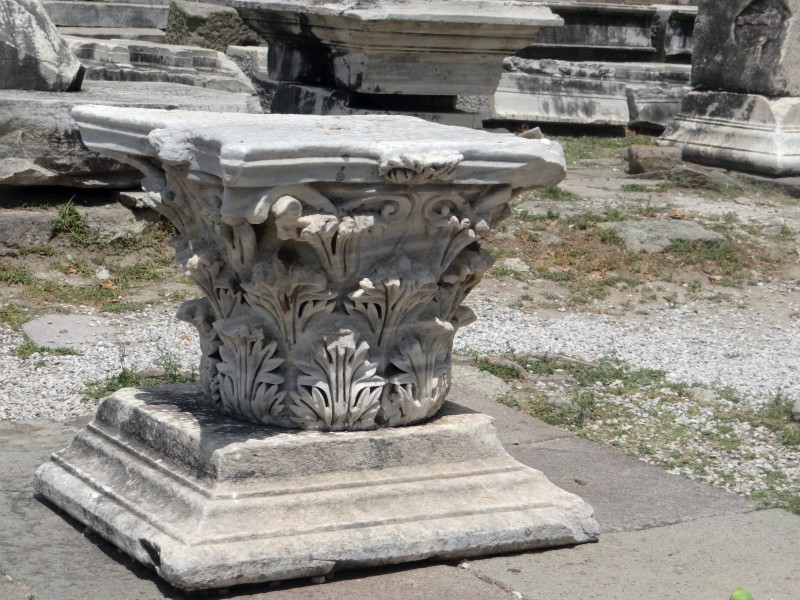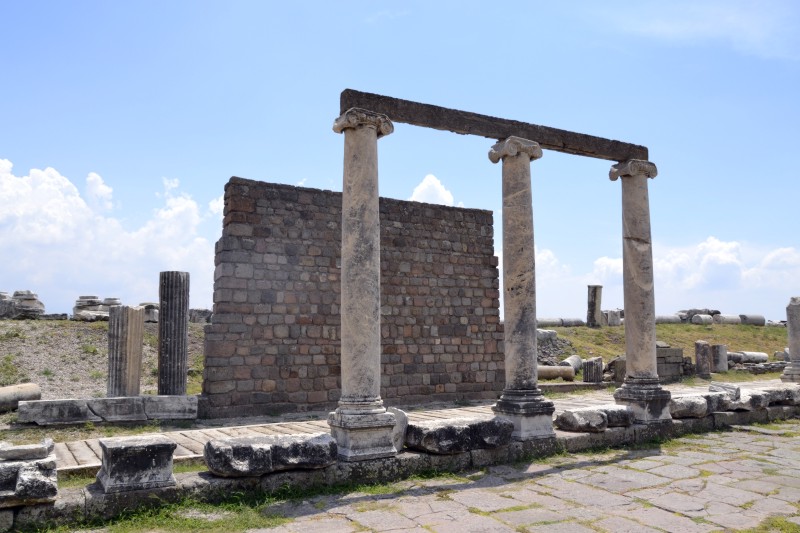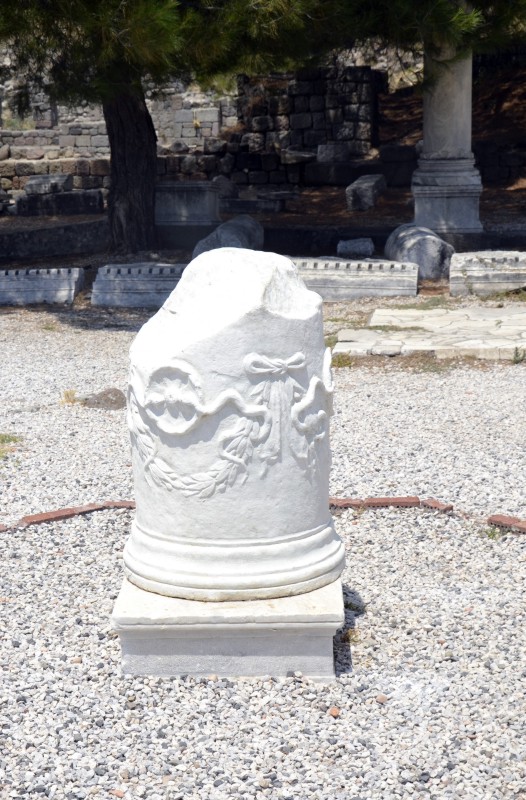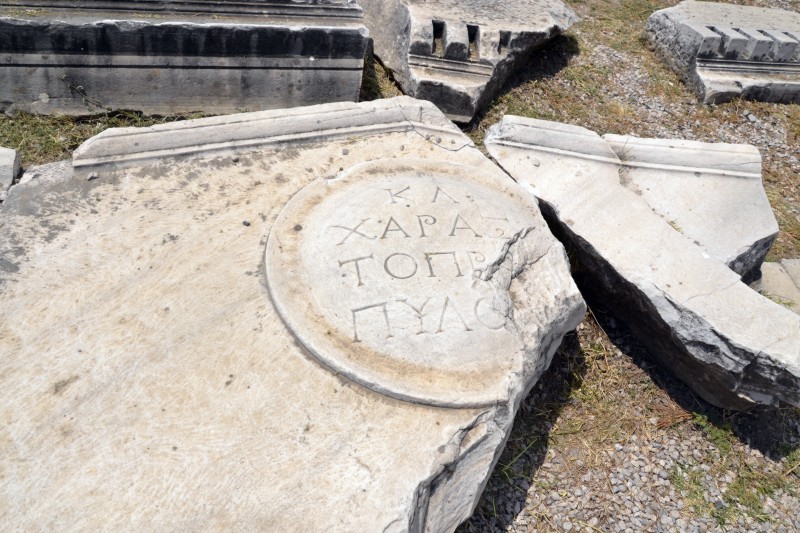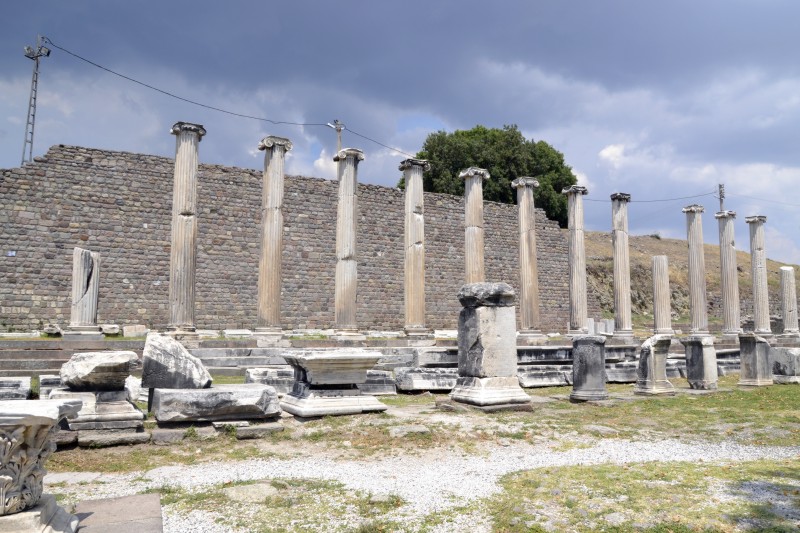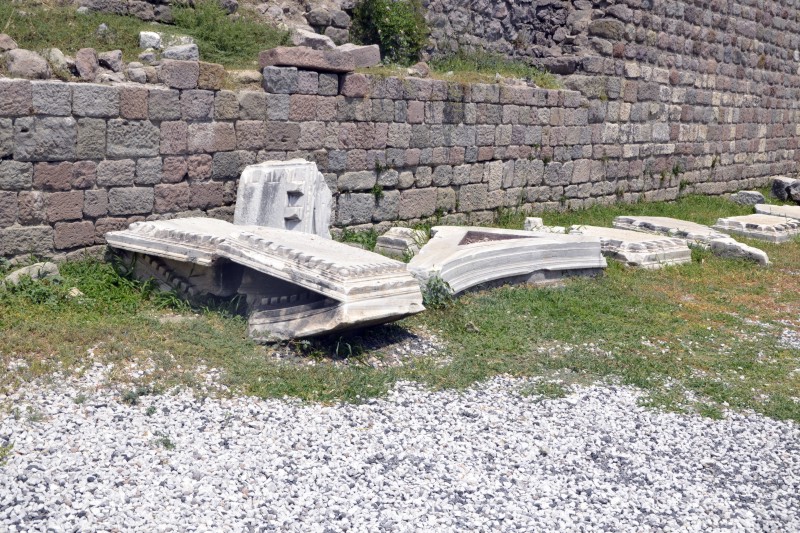Pergamon (Pergamos lub Pergamum), był bogatym i potężnym starożytnym greckim miastem w Aeolis. Znajduje się 26 km od nowoczesnego wybrzeża Morza Egejskiego na cyplu po północnej stronie rzeki Caicus (współczesne Bakırçay) i na północny zachód od nowoczesnego miasta Bergama.
W okresie hellenistycznym stała się stolicą królestwa Pergamonu pod dynastią Attalidów w 281-133 r. pne, która przekształciła ją w jedno z głównych ośrodków kulturalnych greckiego świata. Wiele pozostałości jego imponujących zabytków wciąż można zobaczyć, a szczególnie wybitne arcydzieło Pergamońskiego ołtarza. Pergamon był najbardziej na północ wysuniętym z siedmiu kościołów Azji, cytowanym w Nowym Testamencie, w Księdze Objawienia.
Miasto skupia się wokół 335-metrowej mesy andezytu, która tworzyła swój akropol. Ta mesa ostro opada na północ, zachód i wschód, ale trzy naturalne tarasy od strony południowej zapewniają trasę na szczyt. Na zachód od akropolu rzeka Selinus (nowoczesna Bergamaçay) przepływa przez miasto, a Cetius (nowoczesna Kestelçay) przechodzi na wschód. Zdjęcia zrobiłem w roku 2014.
Pergamon ( Pergamos or Pergamum ), was a rich and powerful ancient Greek city in Aeolis. It is located 26 kilometres from the modern coastline of the Aegean Sea on a promontory on the north side of the river Caicus (modern-day Bakırçay) and northwest of the modern city of Bergama.
During the Hellenistic period, it became the capital of the Kingdom of Pergamon under the Attalid dynasty in 281–133 BC, who transformed it into one of the major cultural centres of the Greek world. Many remains of its impressive monuments can still be seen and especially the outstanding masterpiece of the Pergamon Altar. Pergamon was the northernmost of the seven churches of Asia cited in the New Testament Book of Revelation.
The city centres around a 335 metre high mesa of andesite, which formed its acropolis. This mesa falls away sharply on the north, west and east sides, but three natural terraces on the south side provide a route up to the top. To the west of the acropolis, the Selinus river (modern Bergamaçay) flows through the city, while the Cetius (modern Kestelçay) passes by to the east. I took the photos in 2014.

